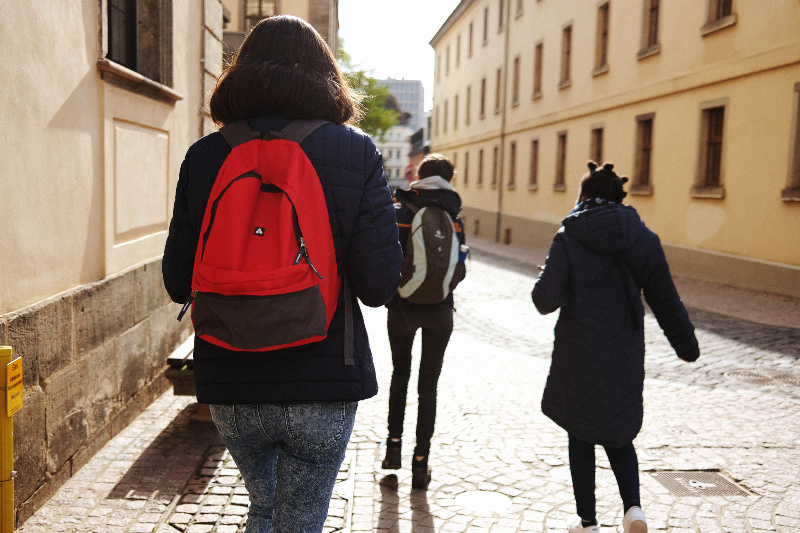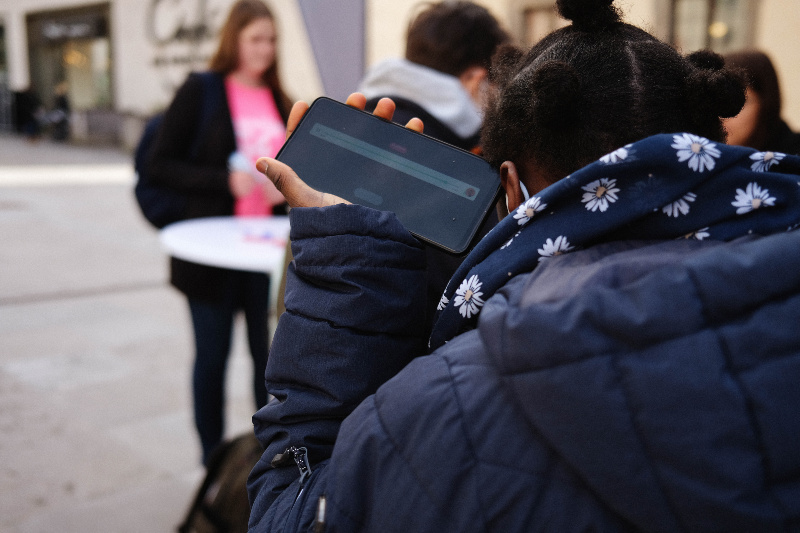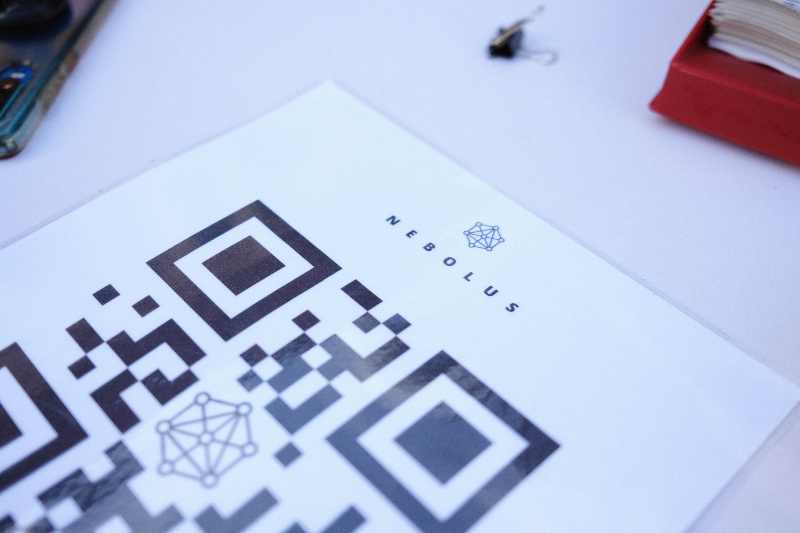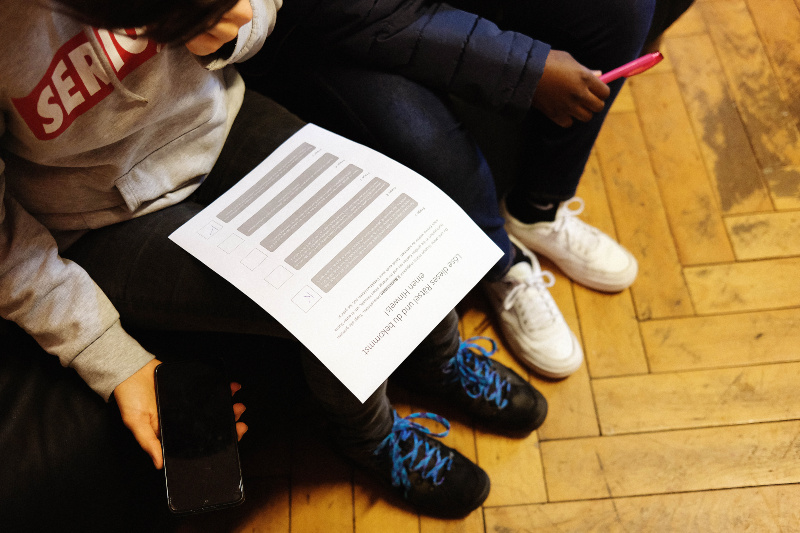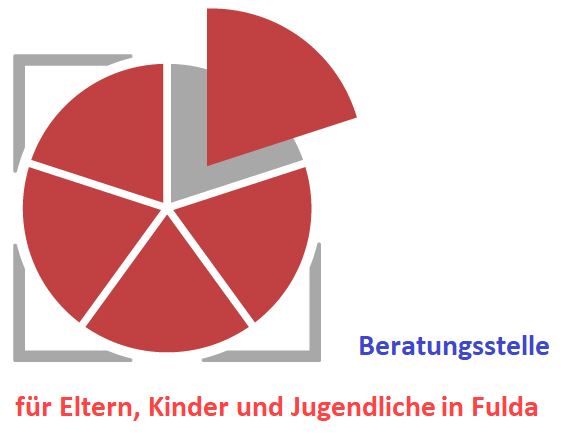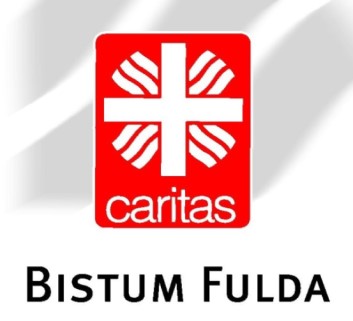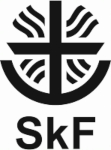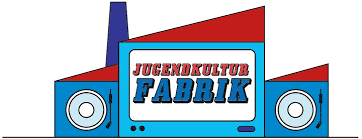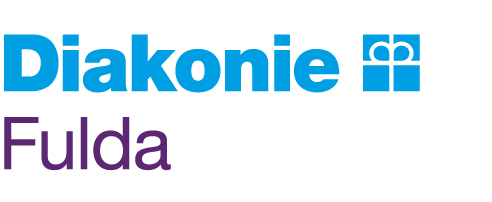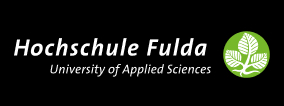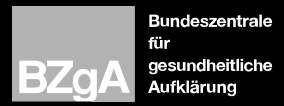Nebolus Fulda
Seeking the lost girl
16-year-old Emma has been missing for three days. Even her best friend Mike doesn’t know where she is or what has happened to her. She doesn’t answer her cell phone and her father doesn’t know where she is either. Mike, as her best friend, is very worried about Emma and asks the participants of the scavenger hunt for help to find Emma together. The young people were confronted with this situation in the Nebolus scavenger hunt in Fulda and then set off in search of Emma, guided by Mike’s voice messages. On 13. and October 14, 2021 the first Nebolus scavenger hunt took place in Fulda!
HEALTH TOPIC
Mental health
SETTING
Local youth welfare
ORGANIZATION
Fulda University of Applied Sciences
RESPONSIBLE PERSON
Verena Krah, Demian Frank
PERIOD
October 2021
CONTACT
info@nebolus.net
Insights into the scanger hunt
Day 1
After Mike had received initial clues as to where Emma might have been, these hints led to the respective participating organizations in Fulda. Once the participants had found these stations, they were given a QR code after interacting with staff at the facilities, which, when scanned, led to a voice message from Emma. The young people found out that Emma was going through a stressful phase: her relationship with her mother has been strained since her parents separated. She doesn’t get on with her father’s new partner and her career aspirations are putting her under pressure. And last but not least, her confusing feelings for her teacher are causing her problems.
Emma knew that things couldn’t go on like this, so she sought support. The first points of contact were the child protection agency’s helpline and a counseling session at pro familia (a German councelling service). There, the young people collected messages from Emma and learnt about the services offered by the counselling centre before heading to the “Fuldaer Ostend”, where Emma visited the youth club.
Day 2
On the second day of the scavenger hunt, the clues Mike gave the participants first led them to Caritas and the Catholic Women’s Social Service. There, the young people learnt from Emma that she sought support there by confiding in the staff and receiving tips on how to deal with her personal situation. The scavenger hun then took the young people to the “Jugendkulturfabrik” (a youth center), where Emma not only met people her own age, but also attended band rehearsals.
As the family situation continued to worry Emma, Emma obviously went to one last stop: a counseling center for parents, children and adolescents. There she received supportive advice on how she could work with her father, his new partner and her mother to find a way to improve the family situation.
Which local institutions participated?
A total of eight psychosocial help and support providers from Fulda actively took part in the scavenger hunt as stations that could be explored by the participants. This allowed the young people to interact with the employees of the respective facilities at a low-threshold level. Due to the number of stations and the partly long walking distances, the Nebolus scavenger hunt in Fulda was split into two days. The participants were given a rough schedule before the start of the scavenger hunt so that they could prepare for the young people’s visit in one day.
How did the preparations for the scavenger hunt go?
The project team at Fulda University of Applied Sciences took on the main responsibility and identified the local institutions in the city of Fulda that matched the theme of the rally. These local institutions and stakeholders were then contacted in via an information letter, both directly by e-mail and via the head of the Office for Youth, Family and Senior Citizens of the City of Fulda. Subsequently, discussions were held with the interested local institutions/stakeholder and questions regarding possible participation were discussed with the respective contact persons. Fortunately, almost all the institutions contacted showed great interest in participating in a Fulda Nebolus scavenger hunt. In February 2021, a total of ten interested local institutions and stakeholders from Fulda met online for the first time. Due to the large number of interested local institutions and stekeholders, it was agreed to split the scavenger hunt over two days. The scavenger hunt was originally scheduled to take place in a school setting in spring 2021. However, due to the coronavirus pandemic, the scavenger hunt had to be postponed to fall 2021 and take place outside of the school setting, contrary to the original plan, and all coordination took place in a total of four online meetings: both the content of the story about Emma and Mike and the interactions with the participants at the local institutions involved were discussed. To this end, the participants also engaged in a lively exchange with each other. For these meetings, the project team provided the participants with various materials for brainstorming and more concrete design of the story content as well as for planning the interaction (all materials are available on request). The respective stakeholders were able to work on these documents until the next meeting and then share and discuss them with the project team and the other stakeholders. The Fulda University of Applied Sciences project team provided advice and support to the local institutions and stakeholders during this process, so that after the third meeting, the voice messages and the specific interaction concepts of all institutions/ stakeholders involved were finalized. In the fourth meeting, which took place one week before the start of the scavenger hunt, all organizational details for the two rally days were discussed and final questions clarified.
How were the young people approached?
The young people were approached via the local youth welfare facilities in Fulda as well as via flyers, press articles and advertising on Nebolus’ social media channels (Instagram & Twitter). The age group was defined as 12 to 17-year-olds. All young people under the age of 16 were asked to obtain their parents’ consent to take part in the Nebolus scavenger hunt. The young people could either register via the participating local institutions (e.g. youth clubs), where registration lists were available, or independently via the Nebolus website. It was possible to register both as an individual and as a group of up to five people. After registering, the young people received an email with the most important information about the meeting venue, information about downloading the app and the rally code, which had to be entered into the app before the first day of the scavenger hunt in order to listen to the introduction to the story.
How did the implementation go?
The starting point of the first day of the Nebolus scavenger hunt in Fulda was October 13 at 11:15 am. The meeting point was a centrally located square in Fulda. The young people were welcomed there by the project team, with a flag bearing the words Nebolus indicating the meeting point. Once all the young people had arrived, people who did not belong to a team were assigned to a group. All teams were then given a brief introduction and any questions about the scavenger hunt were answered. In addition, each group was given a slip of paper with an “emergency number” that could be called in the event of any difficulties (e.g. group getting stuck at one point in the hunt, technical problems). The teams were then sent off at short intervals. This short delay (approx. 5-10 minutes per group) was chosen in order to equalize the groups and allow the participating local institutions enough time to work with each group. Different interaction concepts were implemented in the local institutions depending on the planning of the participating stakeholders. The aim of each interaction was both to communicate the services offered by the respective local organization in a low-threshold and playful way and to address the dimensions of health literacy (finding, understanding, evaluating and applying). For example, one specialist unit carried out a quiz with the participants in which they learned more information about the services offered by the local stakeholder, who they can contact if they need help and who exactly the health services are aimed at. All participating local institutions had familiarized themselves with the story of Emma and Mike in advance and also referred to it repeatedly during the interaction, so that interruptions between the story and the local activities were avoided. After completing the quiz, participants received the QR code to be scanned and were able to unlock the next message from Emma and other stations. Hidden stations were also set up for the Fulda hunt, which the young people could discover as they walked from one station to the next as soon as they were within a defined radius. Here, the young people were able to find out additional information about Emma (e.g. where Emma liked to spend her free time). After around 2.5 hours and four stations as well as two hidden stations later, the participants reached the last destination of the day. The activities took about 15-20 minutes per station. On the morning of the second day of the rally (October 14), the project team met with the young people again. As on the first day, the groups started at different times. On this day, the young people were able to discover a total of five stations and also two hidden stations. After completing all the stations on the second day in around three hours, all the groups reached the meeting point.
What was the feedback like?
Individual feedback showed that the young people got to know local institutions and their services that were previously unknown to them. The participating institutions said that the scavenger hunt was not only a great opportunity to draw attention to their services, but for several of them it was the first time they had presented their services as part of an innovative app and were able to address young people directly in this way. The scavenger hunt also helped to network the participating local institutions a little more closely. We hope that this will also prove successful in the long term and that contacts for prevention work may be initiated as a result.
At the same time, we have gained a whole range of valuable experience from which other municipalities can also benefit when implementing Nebolus:
- In order to reach the largest possible groups of young people, it makes sense to address young people in their real-life settings or to actively involve these settings. Schools, clubs and youth clubs are particularly suitable for this. A sole approach via digital information channels should be avoided.
- Involve stakeholders as early as possible in order to jointly consider how the story framework can be combined with local activities.
- to ensure the most systematic exchange possible between the participants and local institutions involved in order to facilitate the development of a coordinated overall concept for the scavenger hunt.
